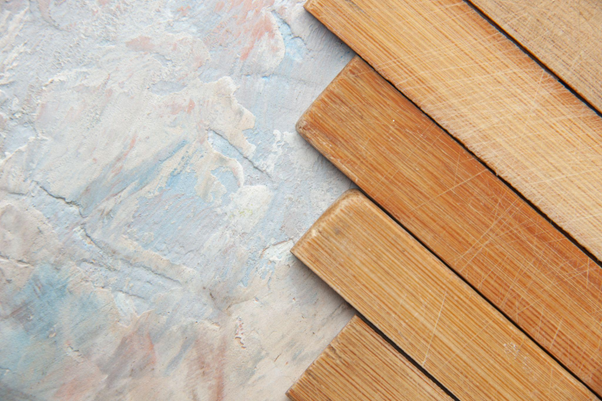
The described methods of caring for the garden in the spring are not difficult, but they are mandatory components of the annual work in the garden. If all work is carried out correctly, then in the summer and autumn, the garden will delight you with a large harvest. In the spring, all nature awakens from winter sleep, and you need to help the garden to wake up. Where to begin?
Gardening begins even when the snow has not melted. You need to check out if it is lying on tree branches. The snow is quite heavy and can break branches.
Check out poisonous bait spaced out from rodents. The gluttonous animal constantly wants to eat and in the spring, oddly enough, too. So you don’t need to relax.
Tree trunks are protected from pests with paint or lime mortar with the addition of copper sulfate and clay. Before whitewashing, the plant is cleared of moss and lichens. Moss and lichen are burned to prevent plant infestation.
Plant feeding
Early spring – the period of snow melting – is the most suitable place for feeding plants, preparing them for further development and growth. Most fertilizers contain three nutrients that are of particular value to plants: potassium, phosphorus and nitrogen. Nitrogen compounds are responsible for enhancing the growth of green mass. Thanks to phosphorus, the root system and young shoots develop. Potassium promotes better flowering and good fruit formation. Fertilizers such as “Azofoska”, “Nitroammofoska” are especially effective for use during this period.
Weeding the plants
Spring is the main time for weeding in summer cottages. Most of the cultivated plants have not gained strength for growth, but weeds are creeping up from everywhere, although they have weakened significantly after the cold winter. If the plot of land is small, it is most convenient to weed it by hand. Weeds must be pulled out along with the root system. The peculiarity of the weeds is such that if the smallest particle of the rhizome is preserved in the ground, then they are easily restored and again begin their attack on cultivated plants . Of the herbicides, the most popular is Roundup, before which the most stubborn weeds, such as runny, retreat.
Mulching plants
The mulch layer helps to regulate soil temperature, retain moisture, and prevent weeds from growing. The most commonly used mulch is shredded tree bark. You can use straw, compost, or rotted foliage. A layer 10 cm thick is quite enough. If manure is used for mulching, then it is necessary that it be high-quality humus. Oxidative processes in overheated manure can adversely affect plants.
Filling empty spaces
In spring, empty spaces on flower beds are especially noticeable. Some plants have not yet had time to grow properly, some have died during the winter cold. You can temporarily fill the resulting “voids” with indoor plants in pots and tubs. Suppose, for example, it will be fuchsia or yucca palm. By this time, wonderful spring flowers are on sale: forget-me-nots, pansies, primroses. They are immediately planted in the soil. After planting, the plants must be fed.
Separation of perennial plants
The separation of perennial, overgrown plants contributes to the fact that old specimens rejuvenate. In addition, it turns out a good additional supply of material for planting. Thus, bells, phloxes, perennial varieties of asters can be divided. It’s time to divide herbaceous perennials, until their intensive growth begins. Large bushes are initially divided into four parts crosswise. Each of the parts obtained is divided into several smaller ones.
Pruning bushes
Not all shrubs need this operation. But for some plants (roses, wormwood, santolina) pruning in the spring is an urgent need for the successful formation of a good growth of abundant flowering. For gooseberries, currants, hydrangeas or honeysuckle, spring sanitary pruning (removal of frozen, dried and diseased branches) is useful.






